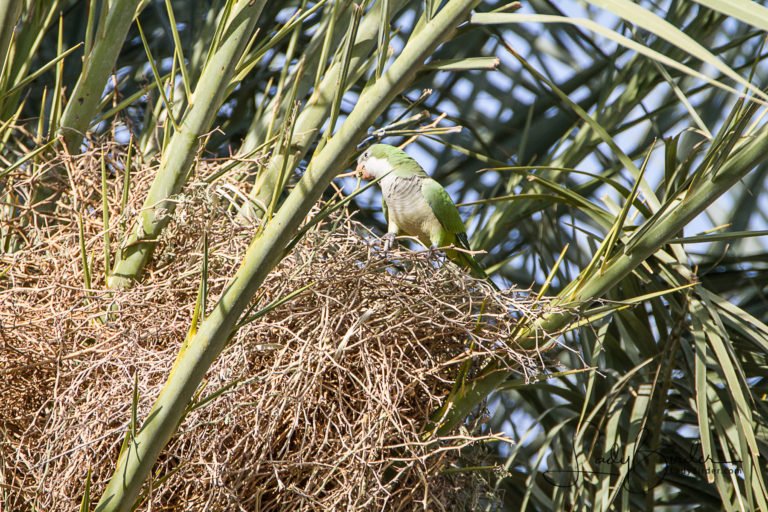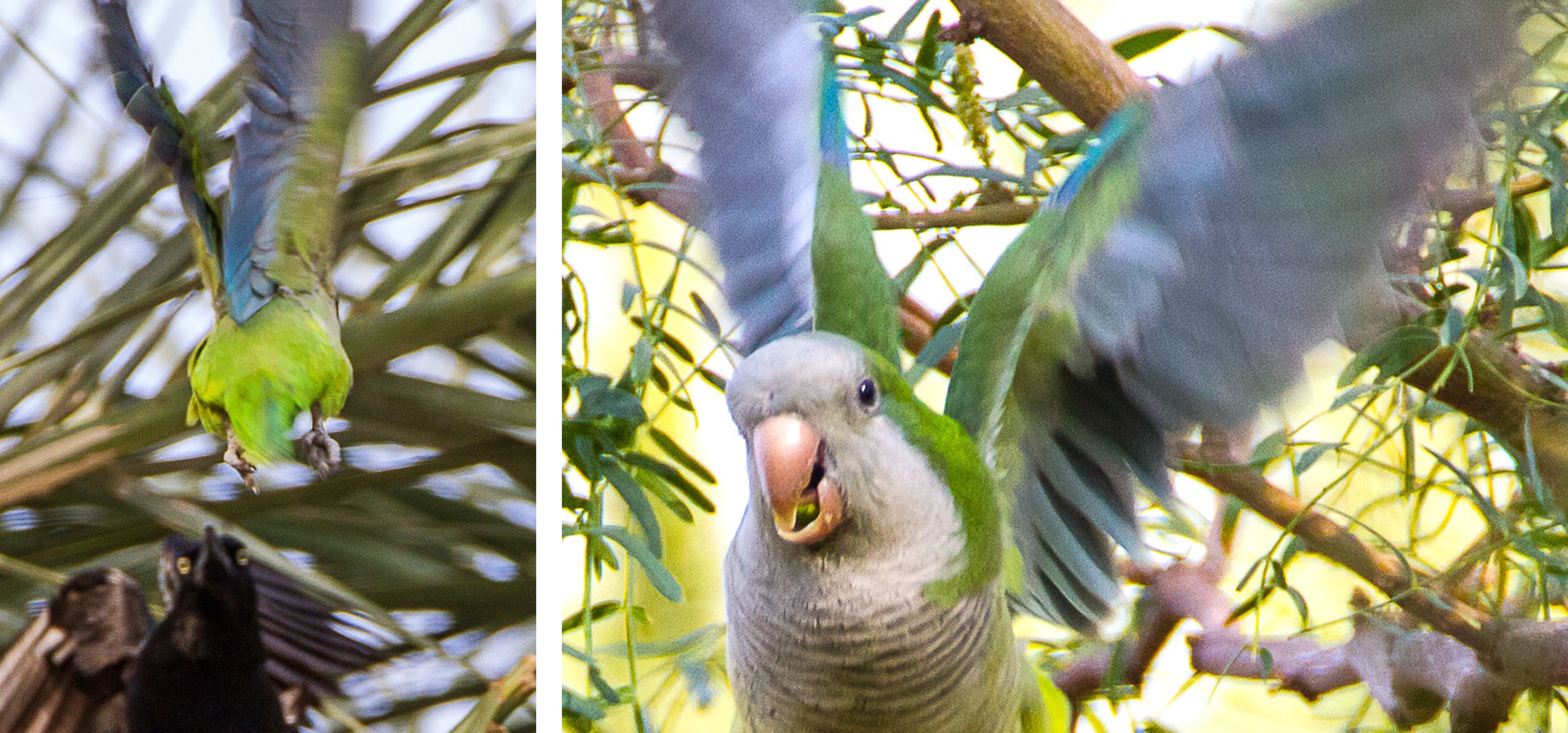Heroes and Villains
November 17, 2017
Since Hollywood began producing moving pictures, the industry has promoted a stereotype of the Villain: he's dressed in black, wearing a black hat, and riding a black horse. Black-feathered birds often get saddled with the same bad rap in the avian world. Consider the three pictured above. On the left, we have the large, black Turkey Vulture with a face only its mother could love. When a group of these scavengers is seen circling the sky, scriptwriters give a visual clue to let viewers know that something has died. Then there is the ominous midnight black Raven, often associated with death and the underworld. And on the right is the leading man in our little drama of good versus evil: the Great-tailed Grackle, a loud, raucous blackbird with the reputation as a nest raider. So let's get on with our story. Spoiler alert: good prevails in the end.
We begin with an adventure - as all good stories do - when my friend, Susan, suggested a trip around Phoenix and its surrounding suburbs to find and photograph exotic birds. Our targets were the Egyptian Goose, Rosey-faced Lovebird, Yellow-collared Lovebird, Nanday Parakeet and Monk Parakeet, all escapees from zoos, international pet traders or careless owners and some of which have established colonies around the Phoenix area.
Our search started early, and we had found three out of five target birds by midday. Our next stop was Gilbert Town Square, where we searched for a feral colony of Monk Parakeets, also known as Quaker Parrots, that had established a nest near the entrance to a shopping mall. We spotted the large nest shortly after arrival high in a palm tree in the middle of a busy island, and it wasn't long before we saw a pair of noisy, bright-green and blue feathered birds racing through the treetops. These are our Heroes.
Monk Parakeets built a nest in the palm trees above a shopping mall in Gilbert. The nest is added to each year.
Monk Parakeets are native to South America and the most widespread of American exotics. Urban legend states that they broke out of a shipping crate at JFK Airport in New York in the 1970s and have been spreading around the country ever since. They are the only parrots to nest communally; dozens live together year-round in large, multifamily stick nests, which may be one reason they have survived the cold winters in adopted cities as far north as Chicago and New York.
As our drama unfolds, the active birds chatter endlessly to each other with a vocabulary comprising at least eleven types of calls. As they talk, they are busy stripping bits of leaves from the palms that hold their nest and snapping off small sticks from nearby mesquite trees with their beaks.
The thorny mesquite twigs are a smart choice of building material. They help to hold the nest together and protect it from predators. The pair are working on their own condo within the large structure by fashioning the floor, then building sides and a roof to enclose a round space with a tunnel that leads to the outside. Nests can be huge (more than five feet across), weigh a ton or more and are continually added to for years.
Suddenly, the merry cacophony of squawks and chirps becomes an alarm signal as one of the birds notices an intruder. Enter our Villain: The Great-tailed Grackle.
Were eggs in the nest already? Did the Villain mean harm to the pair? Or was he just playing the schoolyard bully? The Parakeets weren't waiting for an explanation. In a blur of blue and green feathers and blood-curdling battle cries, the dynamic duo dive-bomb the marauder, finally driving him from the tree and away from the nest.
Even the Parakeets seem surprised at their victory. "Is the Villain gone?" they whisper to one another.
Once the evil Villain is banished, the two Parakeets take a moment to celebrate by laughing, kissing and cuddling before returning to their task of nest building.
And that, my friends, is the end of our tale. I just love happy endings, don't you?







